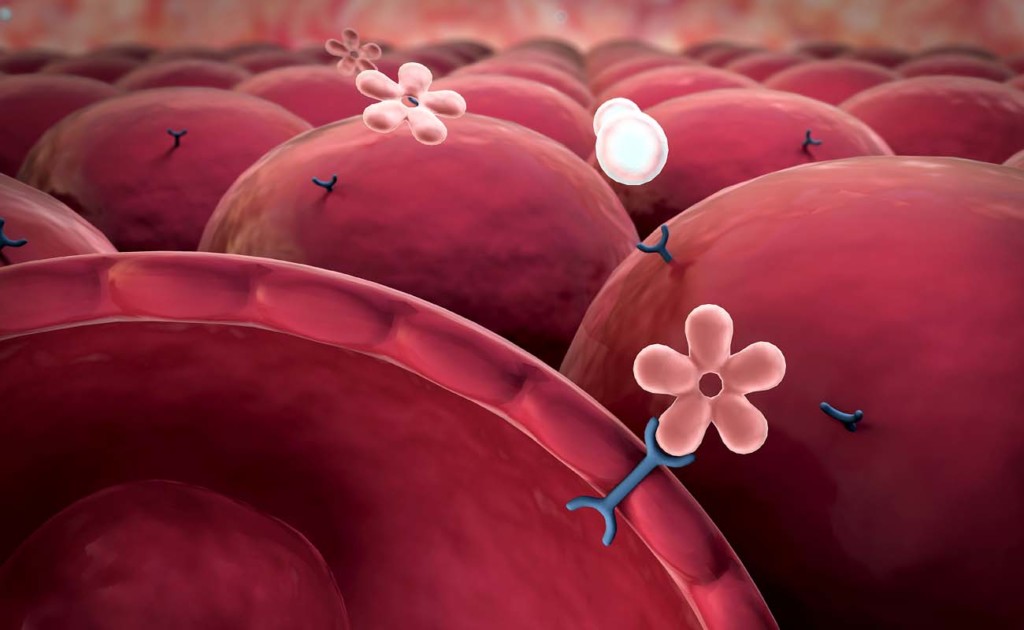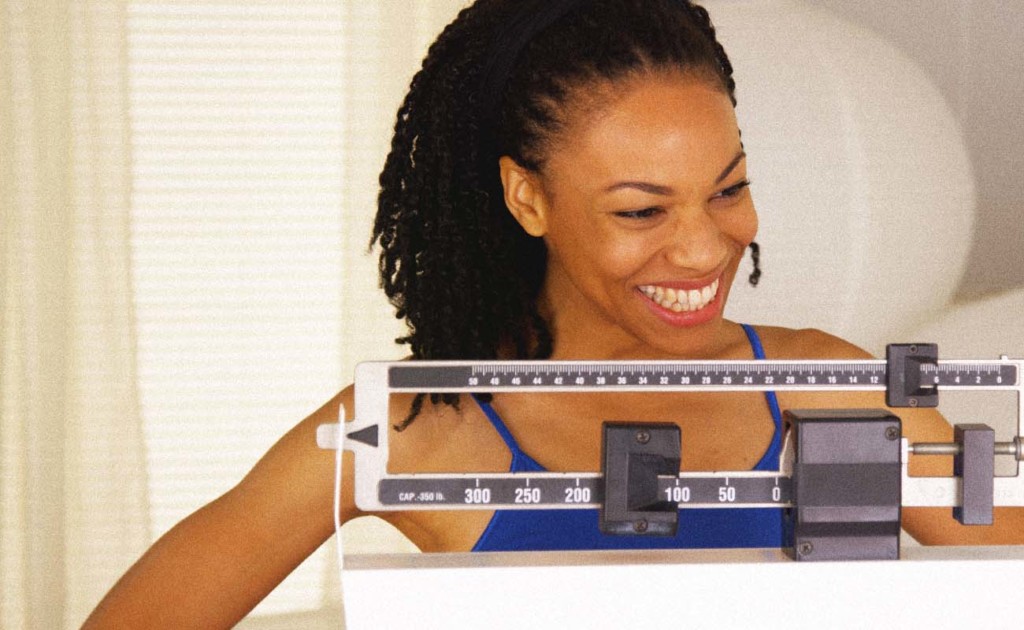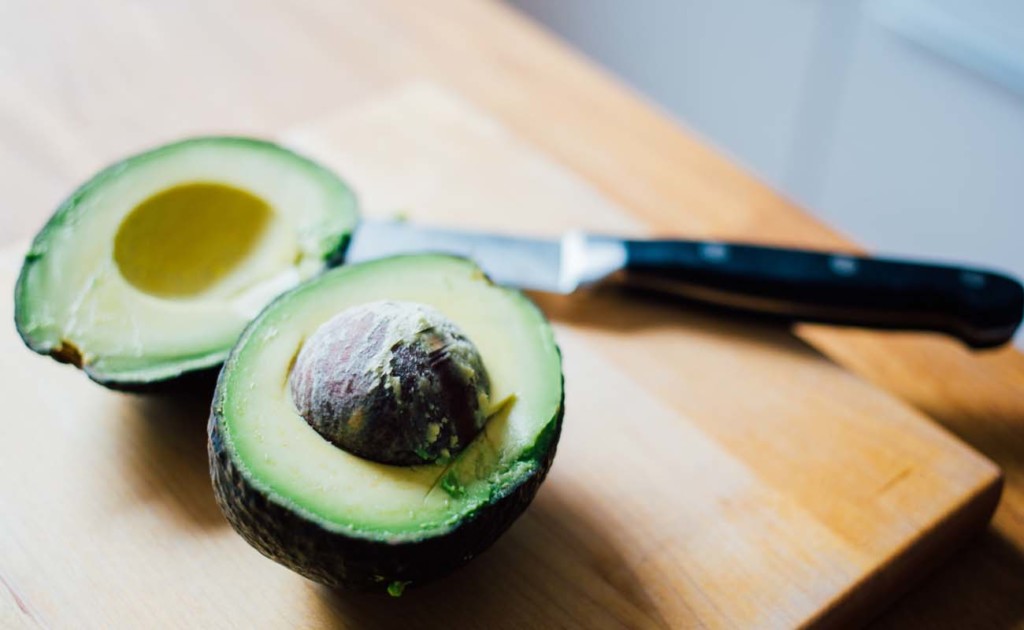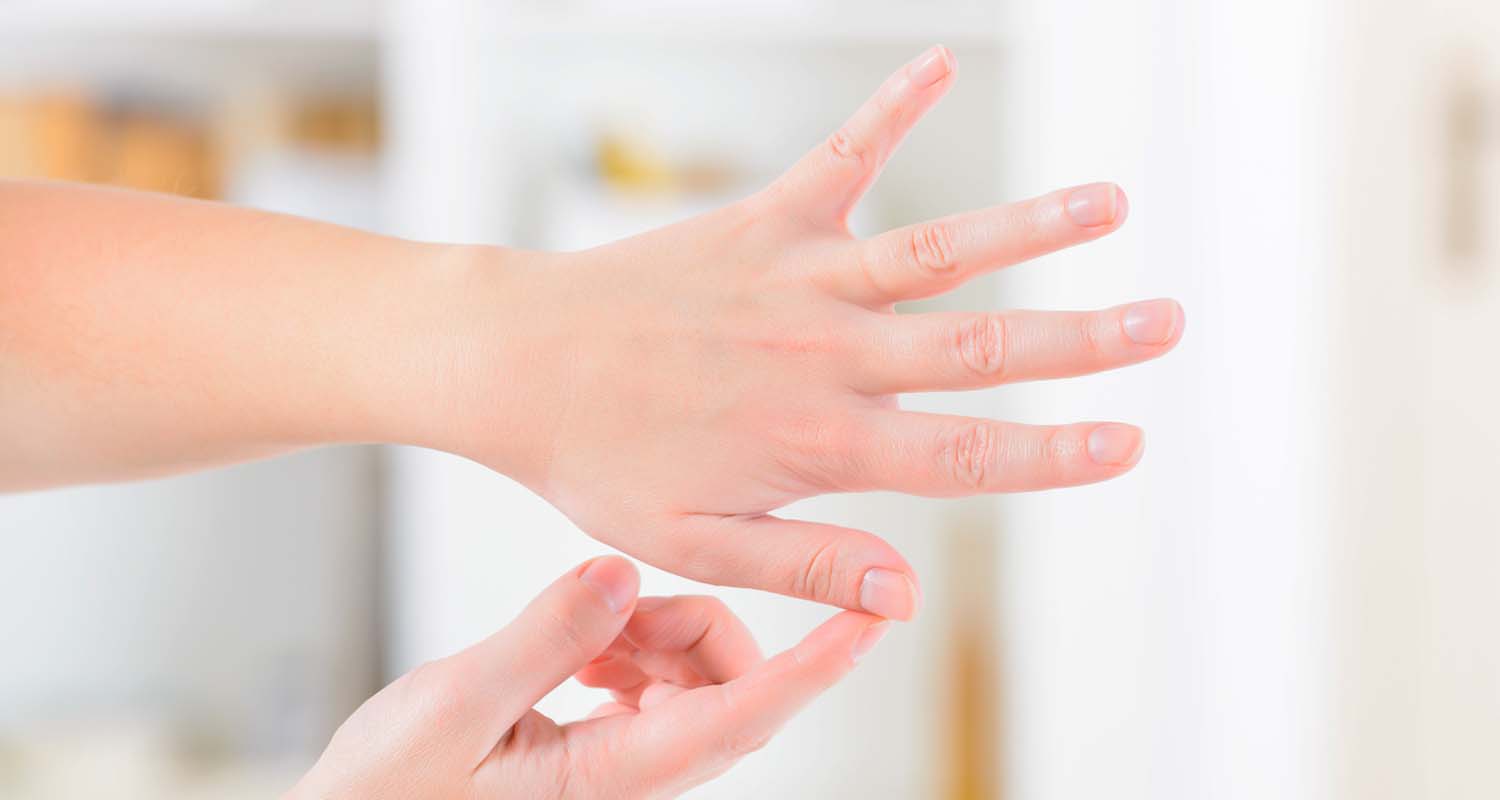Meet Jen Gotch. Gotch is the founder and chief creative officer of Ban.do, a women’s lifestyle brand that soared to the multimillion-dollar mark in its early days. Gotch runs a vast creative empire all while managing the highs and lows of bipolar disorder, which she talks about openly on social media. Even though her lifestyle brand peddles rainbows, pom-poms, and glitter, Gotch puts forward a very different image: one that’s colorful, complex, and brutally honest about her mental health struggles.
How exactly does she keep her moods in balance? Gotch credits her mom. When Gotch was a child, her mother came up with a way to check-in with her daughter, using an emotional rating scale from 1 to 10. Gotch uses a similar scale today, rating each day on Instagram for her 195K followers. “I’ve adapted [the scale] because after being diagnosed with bipolar, 10 is too high. There are mania and depression in the spectrum. For me, a 7.8 is the ideal place to be,” says Gotch.
Gotch hopes to inspire other young men and women to talk openly about their mental health. To help bring the conversation into the mainstream, Ban.do recently launched necklaces that say “anxiety” and “depression,” which have already sold out.
Learn more in the video below about Gotch’s coping strategies, emotional rating scale, and why she fuels her day with Bulletproof Coffee. Also listen to this Bulletproof Radio (iTunes) podcast for more with Jen Gotch.






Tom’s Website
Show Notes